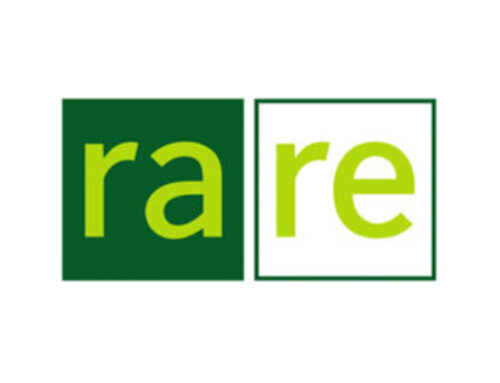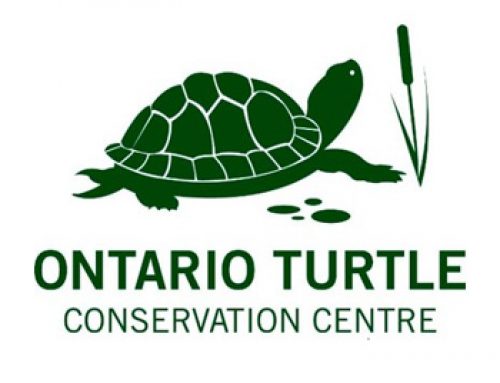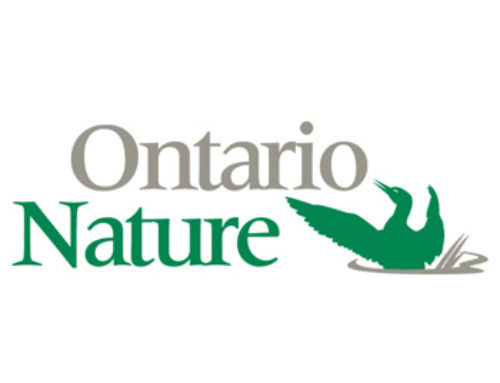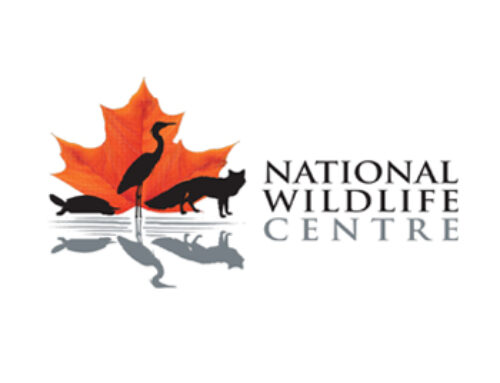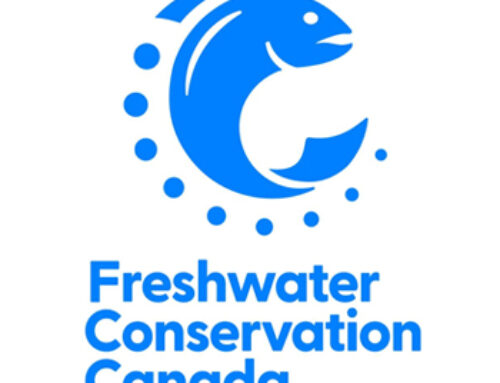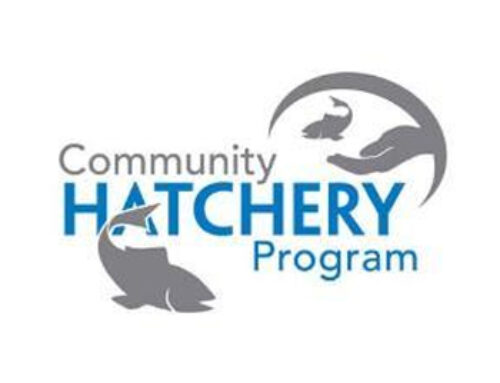2025
Restoring critically endangered tallgrass prairie habitat on Blair Flats by prescribed burn
The rare Charitable Research Reserve is a community-based land trust and environmental institute dedicated to protecting over 1,500 acres of environmentally sensitive land across Waterloo Region and Wellington County. Situated along the Grand River, the Blair Flats tallgrass prairie restoration program at rare is a long-term conservation initiative that began in 2010. Tallgrass prairie is a globally and provincially rare habitat dominated by a diverse mix of forbs and tall grasses. Historical records indicate southern Ontario was once home to an estimated 80,000 to 100,000 hectares of tallgrass prairie.
However, years of agricultural conversion, urbanization and fragmentation have reduced tallgrass prairie to less than one percent of its historical area. In addition to being a rare and threatened ecosystem, tallgrass prairie provides vital habitat for biodiverse flora and fauna including species at risk, as well as a variety of ecosystem services including carbon sequestration, soil stabilization, and pollination.
One of the key factors necessary to maintain tallgrass prairie ecosystems is fire. Historical tallgrass in southern Ontario was maintained by fire from both natural causes (e.g., lightning strikes) and traditional cultural practices. Fire helps maintain tallgrass ecosystems by reducing encroachment of woody vegetation, reducing the invasion of non-native species and restoring soil fertility. However, urbanization of the landscape and fire suppression have largely removed fire as a common natural disturbance in southern Ontario. Prescribed burning, therefore, is a critical tool to help maintain the persistence and ecological health of tallgrass prairie habitats.
The Blair Flats restoration project is intended to restore and conserve a rare tallgrass prairie ecosystem on the Grand River. The approximately 20-hectare site along the Grand River in Cambridge, Ontario was used for traditional crop rotation agriculture for at least 30 years and is now stewarded by rare for conservation and research. In 2010, Blair Flats was pulled out of agricultural production and planted with a mix of locally sourced seed comprising 24 tallgrass forbs and grasses, including Big Bluestem and wildflowers. Prescribed burns every 5 to 6 years play a key role in the ongoing restoration of the site. Previous burns have been successfully carried out in April 2015 and 2021. Post-burn monitoring has indicated rigorous regrowth of desirable tallgrass vegetation (e.g., Big Bluestem, Switch Grass, Blackeyed Susan, Goldenrods, Common Milkweed) and successful mitigation of woody encroachment by Manitoba maple and poplar. The next scheduled burn in the Blair Flats restoration plan is for late March to April 2026.
Funding is required to support the planning and execution of the 2026 burn and continue the restoration and conservation of the critically endangered Blair Flats tallgrass prairie ecosystem. The primary objectives of this project are to:
- Continue the restoration of unique and critically endangered tallgrass prairie habitat on Blair Flats.
- Support conservation of habitat for tallgrass-dependent native species and species at risk.
- Provide ecosystem services to the local community.
- Promote public education of tallgrass ecosystems.
- Support long-term tallgrass conservation research
Expected benefits of the Blair Flats tallgrass prairie restoration project include:
- Conservation, restoration and enhancement of rare tallgrass prairie habitat: The Blair Flats project began in 2010 to restore former agricultural land to tallgrass prairie. The proposed 2026 prescribed burn is a key step in conserving and continuing the restoration of this globally, provincially and locally rare ecosystem.
- Conservation of habitat for species at risk and other biodiverse flora and fauna: As a rare habitat, tallgrass prairie sites like Blair Flats provide a unique refuge for associated tallgrass prairie specialists, species at risk, and other wildlife of interest. In Ontario, 23 at risk plant species are associated specifically with tallgrass vegetation communities (e.g., Dense Blazing Star). Ongoing ecological monitoring of the restoration site has documented at least 136 native grasses and forbs (e.g., Big Bluestem, Common Milkweed), 85 birds (e.g., Eastern Bluebird), and 44 species of butterfly (e.g., Monarch).
- Local provisioning of ecosystem services: The Blair Flats tallgrass prairie serves as an ecological buffer zone between the major high traffic thoroughfare of Blair Road and the Grand River. This tallgrass prairie habitat provides the local community with ecosystem services including support of native pollinators; carbon sequestration and climate change mitigation through extensive belowground root networks; stabilization of soils by tallgrass vegetation, preventing erosion and degradation along a key local waterway; and a reservoir of native seed propagules to support local vegetation regeneration.
- Promotion of conservation education: Radio public service announcements, on-site signage and social media will be used to notify the local community of the prescribed burn, providing an opportunity to increase public awareness of tallgrass prairie restoration and conservation.
- Support of scientific research: Conserving and restoring the Blair Flats tallgrass prairie site will continue to provide a unique opportunity for ongoing scientific research. This site has supported past and ongoing research projects in partnership with the University of Guelph and other institutions, covering a range of research topics including the role of fire as a disturbance regime; ecology of small mammals, birds and invertebrates; impacts of climate change and drought; plant-soil feedbacks; and the potential of habitat to mitigate noise pollution in urban and periurban landscapes.






